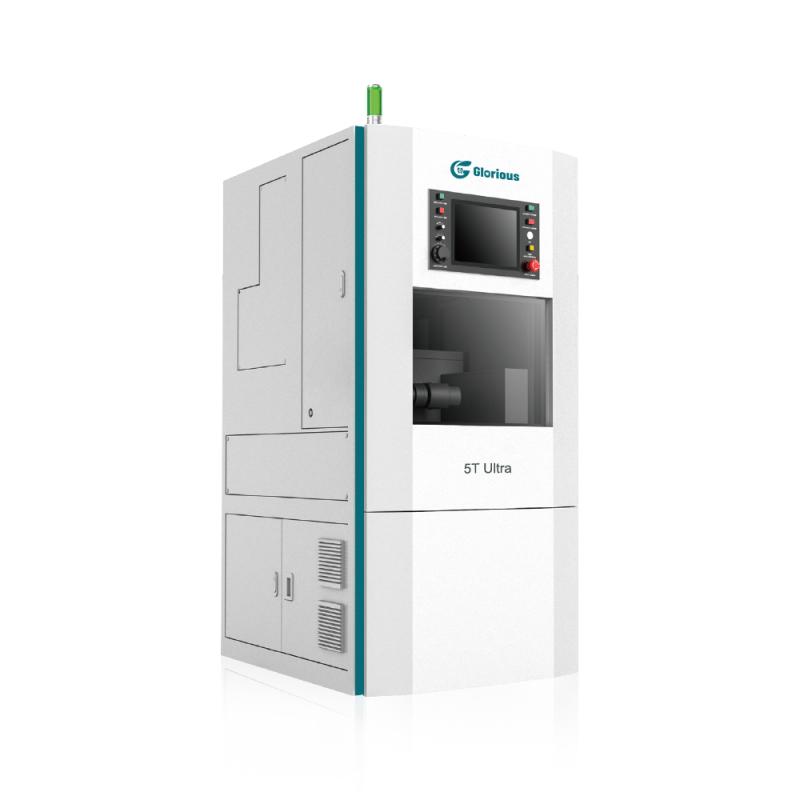Dental Material Precision and Durability
What is CAD/CAM technology in dental practice? It combines exceptional precision with state-of-the-art materials to ensure the superior durability of dental restorations.
In the past, the fabrication of crowns and bridges relied on the manual labor of technicians. Even the smallest error could lead to misalignment, discomfort, or a shortened lifespan of the prosthesis. Today, thanks to CAD/CAM technology, every detail is sculpted with incredible precision, providing patients with a lasting, beautiful, and perfect smile.
One of the key advantages of this system is digital scanning, which allows for the creation of dental restorations with micron-level precision.
Through this method, each bridge, crown, or veneer can perfectly fit the patient's teeth, eliminating the possibility of microcracks, which are often the cause of cavities and secondary infections with traditional methods. This precision not only improves tooth function but also significantly extends the lifespan of the restoration.
Furthermore, the materials used in CAD/CAM technology are of top quality. Biocompatible ceramics, lithium disilicate, and zirconium represent a revolution in dental restorations because they combine strength, resistance, and natural beauty.
Unlike traditional metal crowns that can cause gum irritation or allergic reactions, CAD CAM materials are completely safe and conform perfectly to a patient's natural anatomy.
These materials are exceptionally durable—a properly fabricated and placed CAD CAM restoration can last for decades. They are wear-resistant and stain-resistant, making them perfect for everyday use without the worry of cracking or loss of shine.
The combination of precision manufacturing and high-quality materials makes CAD CAM technology an indispensable standard in modern dentistry. Now, patients no longer need to choose between aesthetics and durability—with this technology, they can achieve maximum comfort and safety simultaneously.



